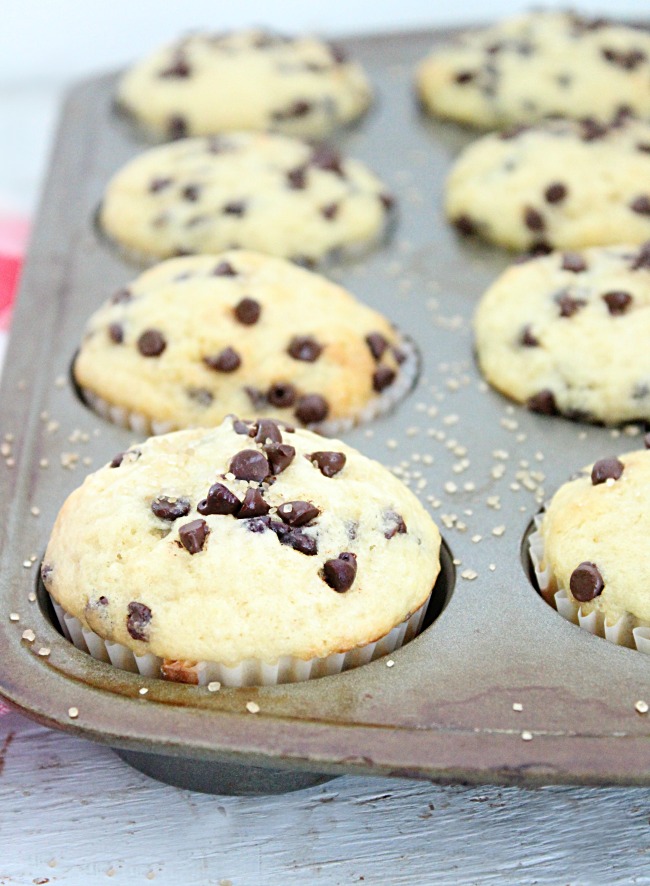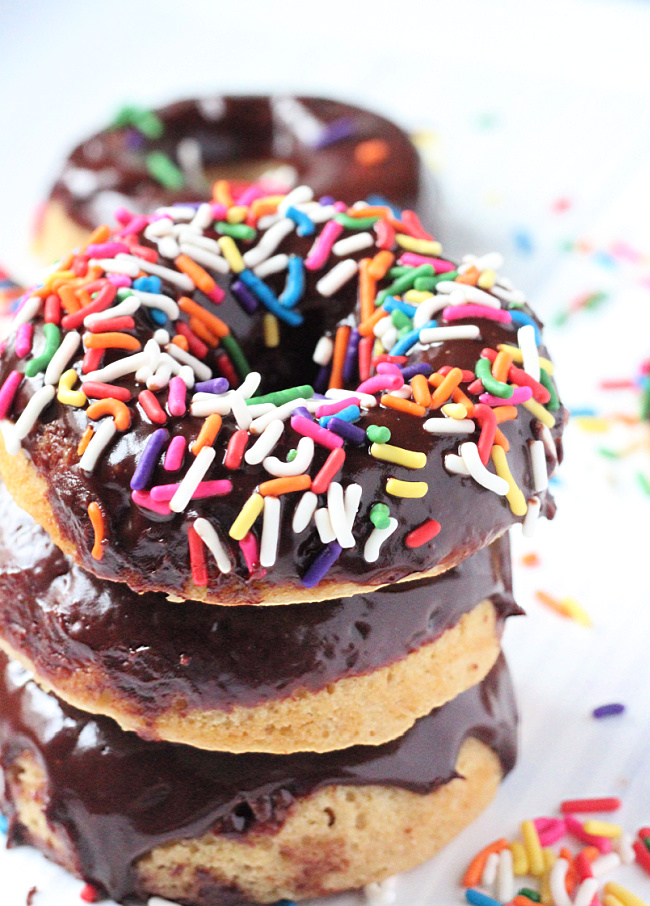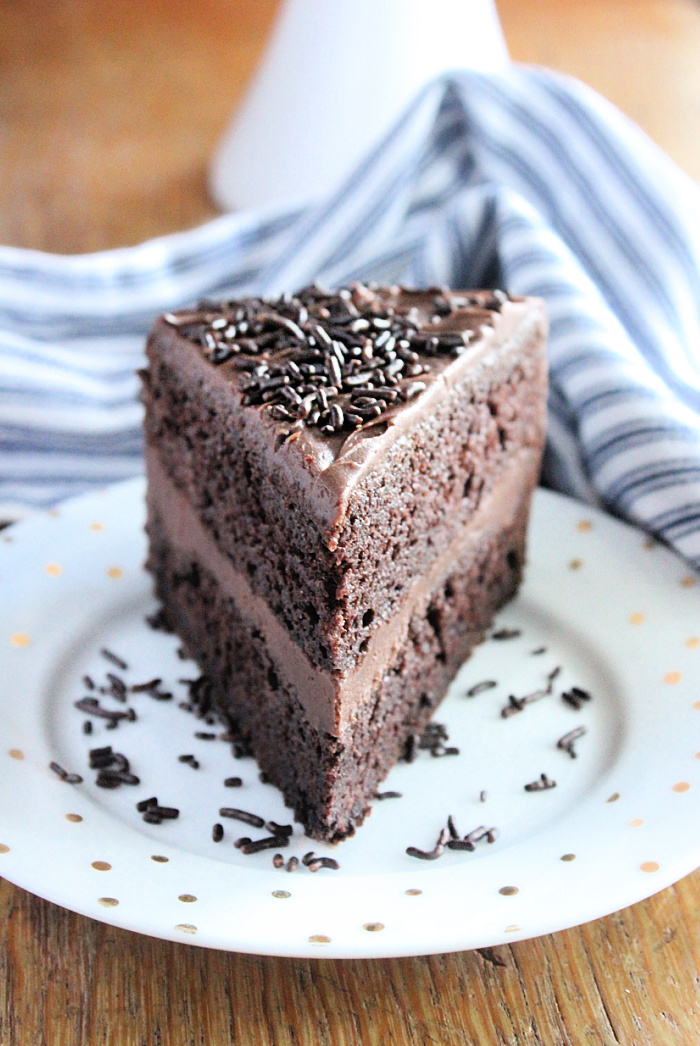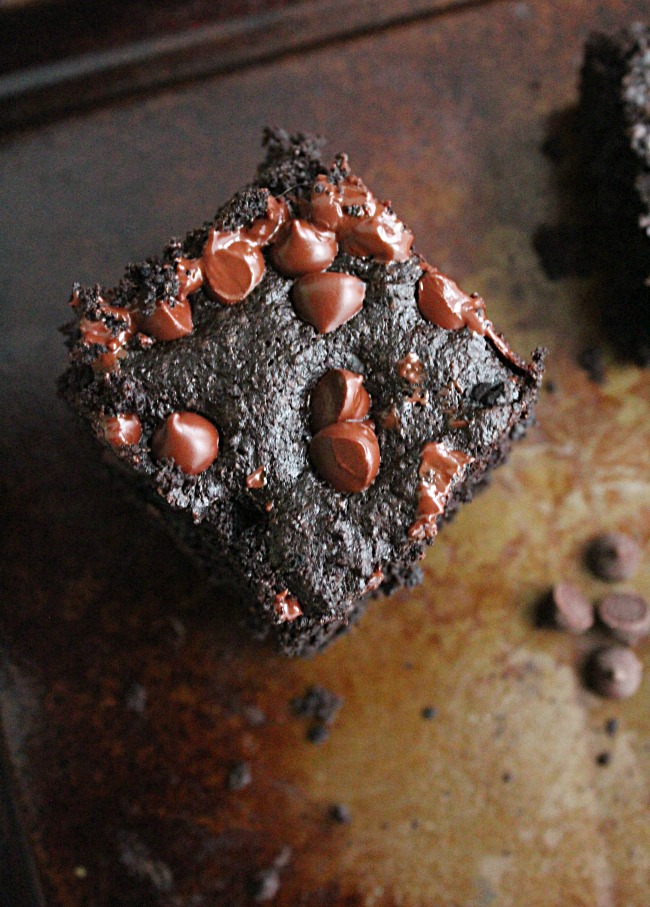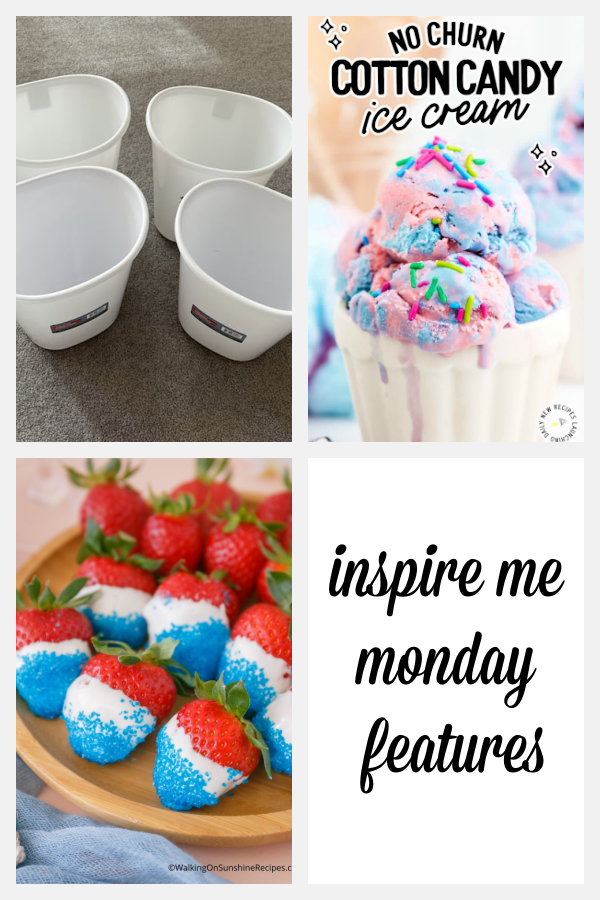11 Cleaning Hacks That Actually Work
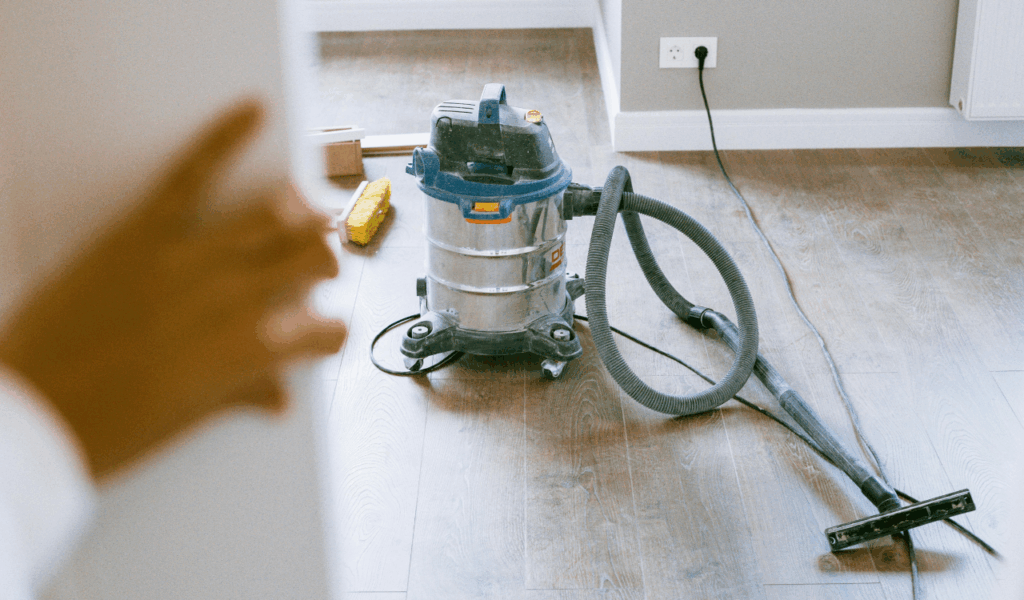
There are many cleaning hacks on the internet, but not all of them work. Some are time-consuming, untidy, or even harmful. For this reason, we’re cutting through the clutter to present to you 11 safe, easy, and genuinely effective cleaning tips that you can use in your kitchen and other areas. These clever tips make chores easier and faster without relying on gimmicks or expensive products. These tips will save you time and effort without compromising the quality of your work, whether you’re doing a thorough cleaning or a fast tidy-up.
1. Use Vinegar and Baking Soda to Clean Sink Drains
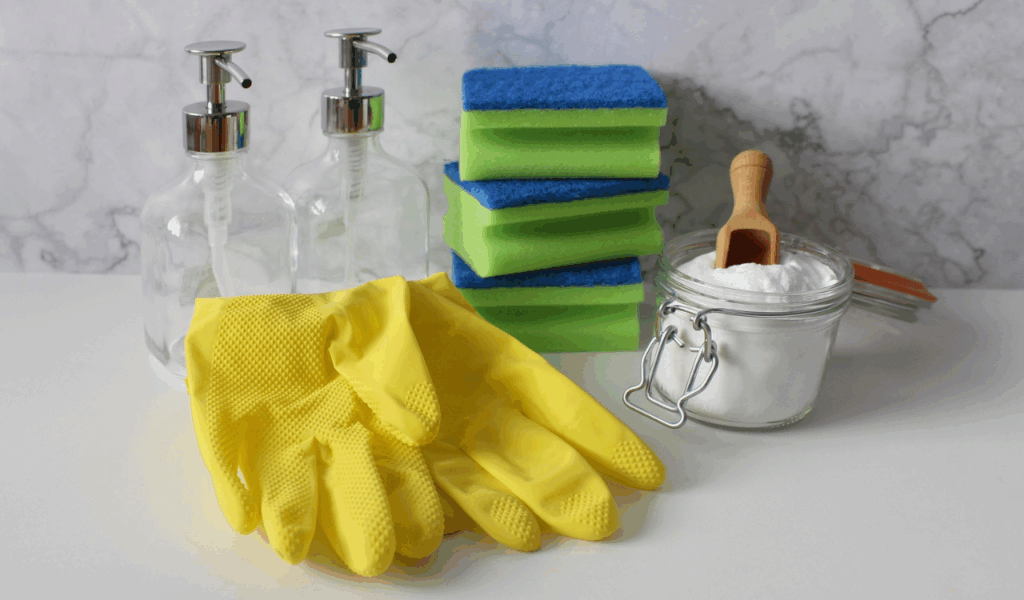
One cup of white vinegar and half a cup of baking soda can be poured down the drain of your kitchen sink to help break down dirt and get rid of smells. After ten or so minutes of the mixture fizzing, rinse with boiling water. This all-natural technique aids in removing accumulation without the need of harsh chemicals. It’s a great way to keep drains clean and clear, especially in sinks where food particles and grease tend to accumulate.
2. Steam Clean Your Microwave with Lemon Water
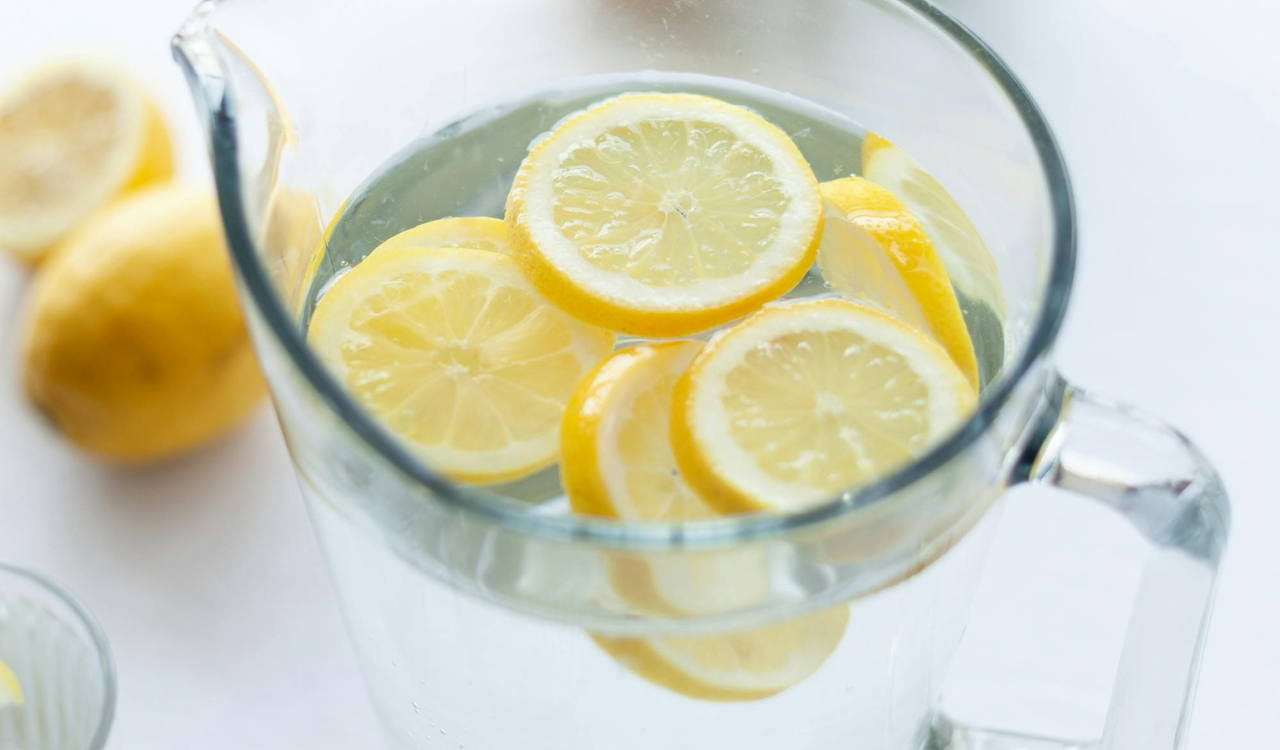
Put some lemon slices in a bowl of water and heat it for five minutes to clean a dirty microwave without scrubbing. While the lemon aids in deodorizing, the steam helps loosen food that has become stuck. Just use a cloth or paper towel to wipe the interior after heating. This tip leaves your microwave smelling fresh and clean while also saving elbow grease. For those looking for a quick and easy solution to microwave messes, this is the perfect approach.
3. Use Coffee Filters to Wipe Screens
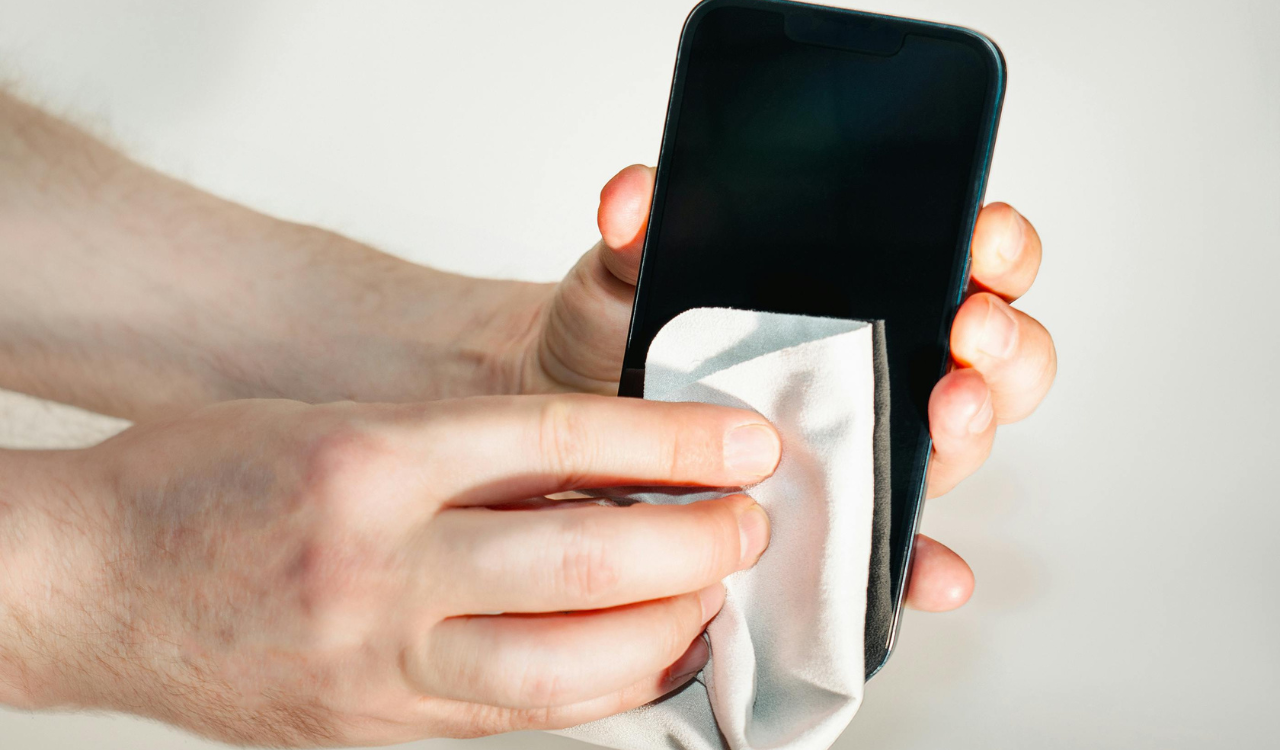
Coffee filters are gentle, lint-free, and ideal for streak- and scratch-free screen cleaning on computers, phones, and TVs. They effectively remove dust and fingerprints and don’t shed fibers like paper towels do. For fast cleanups, simply use a dry coffee filter; for more thorough results, combine it with a small amount of screen-safe cleaner. Particularly for daily use, it’s a surprisingly efficient and reasonably priced substitute for microfiber cloths.
4. Clean Stainless Steel with Olive Oil
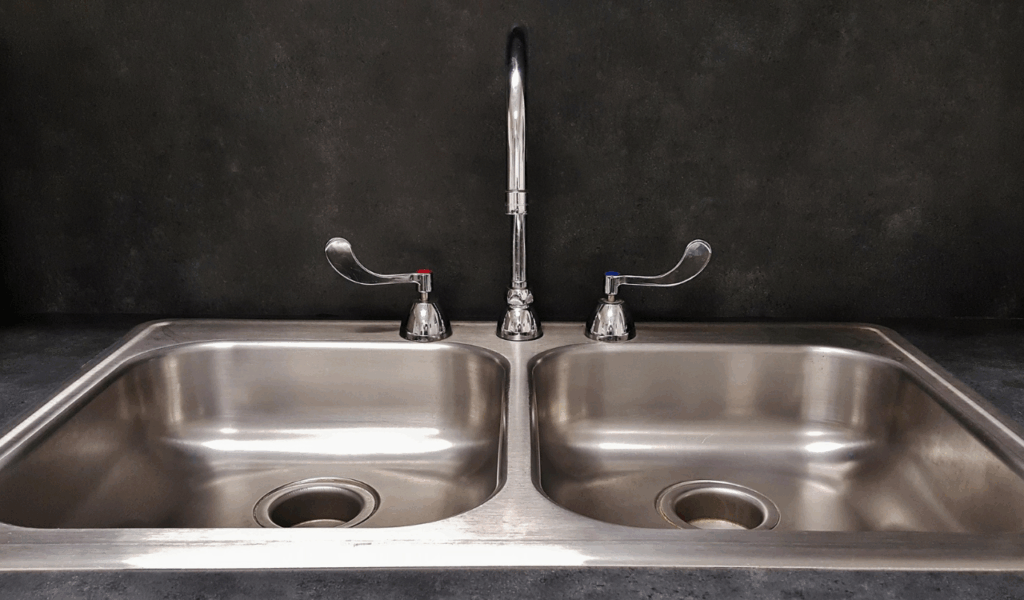
Applying a few drops of olive oil to a soft cloth after cleaning stainless steel surfaces with a mild cleaner can add shine and lessen smudges in the future. To bring back that polished appearance, gently rub it in the direction of the grain. Appliances like ovens, dishwashers, and refrigerators respond well to this trick. With little additional work, olive oil produces a light barrier that deters fingerprints, prolonging the appearance of a clean kitchen.
5. Use a Toothbrush for Tight Spots
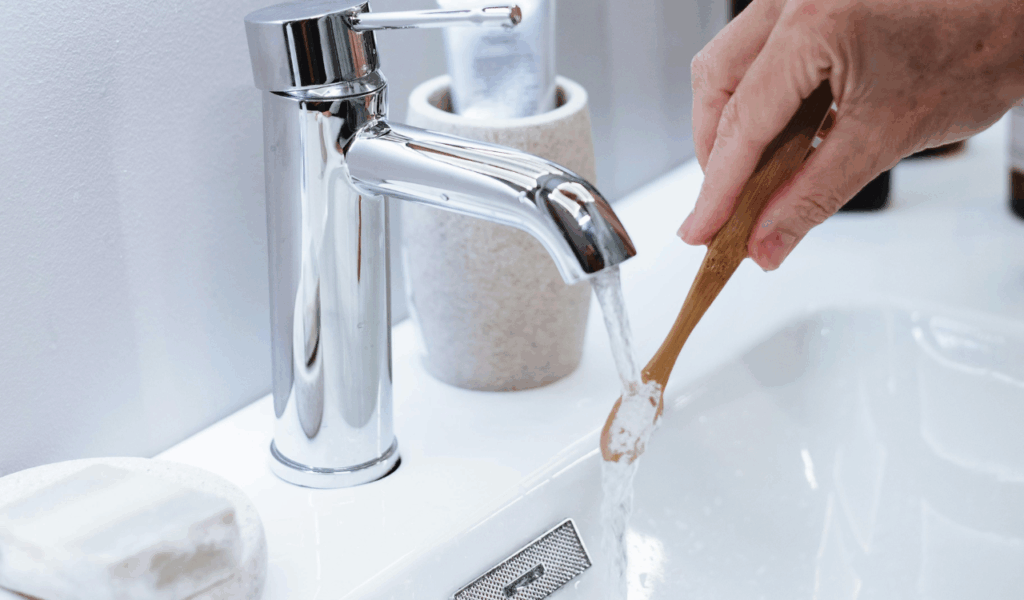
An old toothbrush can be an effective tool for getting into nooks and crannies that cloths and sponges can’t reach. Scrub grout lines, faucet bases, sink drains, and the spaces between appliance buttons with it. Use it with a small amount of baking soda paste or a mild detergent for even better results. Its bristles and compact size make it perfect for thorough cleaning, particularly in places that tend to accumulate dirt or mildew. You’ll always have a handy tool for detail work if you keep a toothbrush specifically for cleaning.
6. Remove Water Spots with Vinegar-Soaked Towels
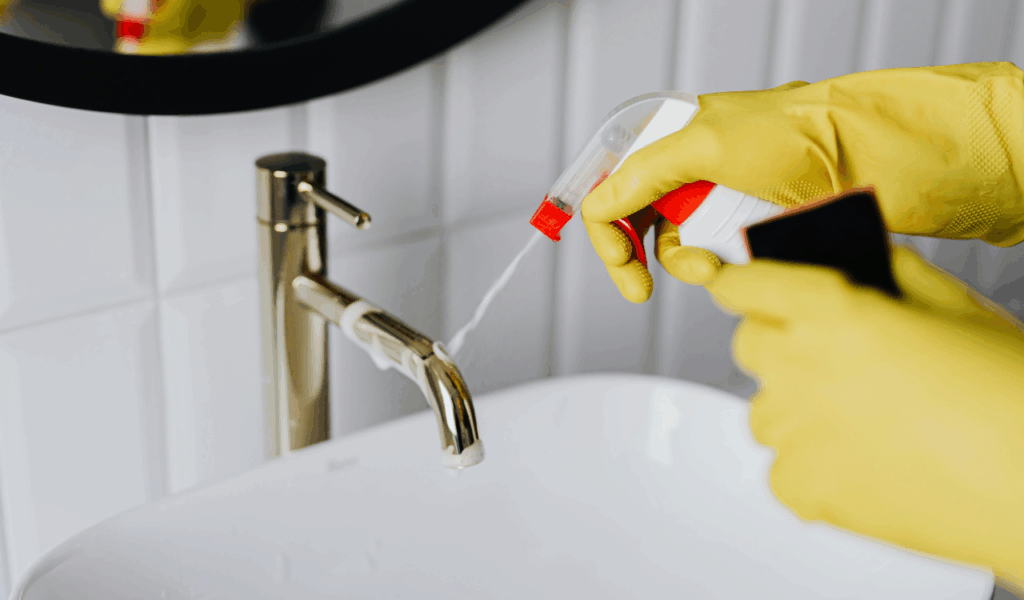
Hard water stains on showerheads or faucets can be difficult to remove, but vinegar is a great solution. After soaking a cloth or paper towel in white vinegar, wrap it around the fixture and leave it there for 30 to 60 minutes. Mineral deposits are broken down by the acidity, making them easily removed. Rinse and scrub the surface briefly after soaking. This technique helps keep chrome and stainless finishes shiny and is safer than many commercial cleaners.
7. Clean Blenders by Blending Soap and Water
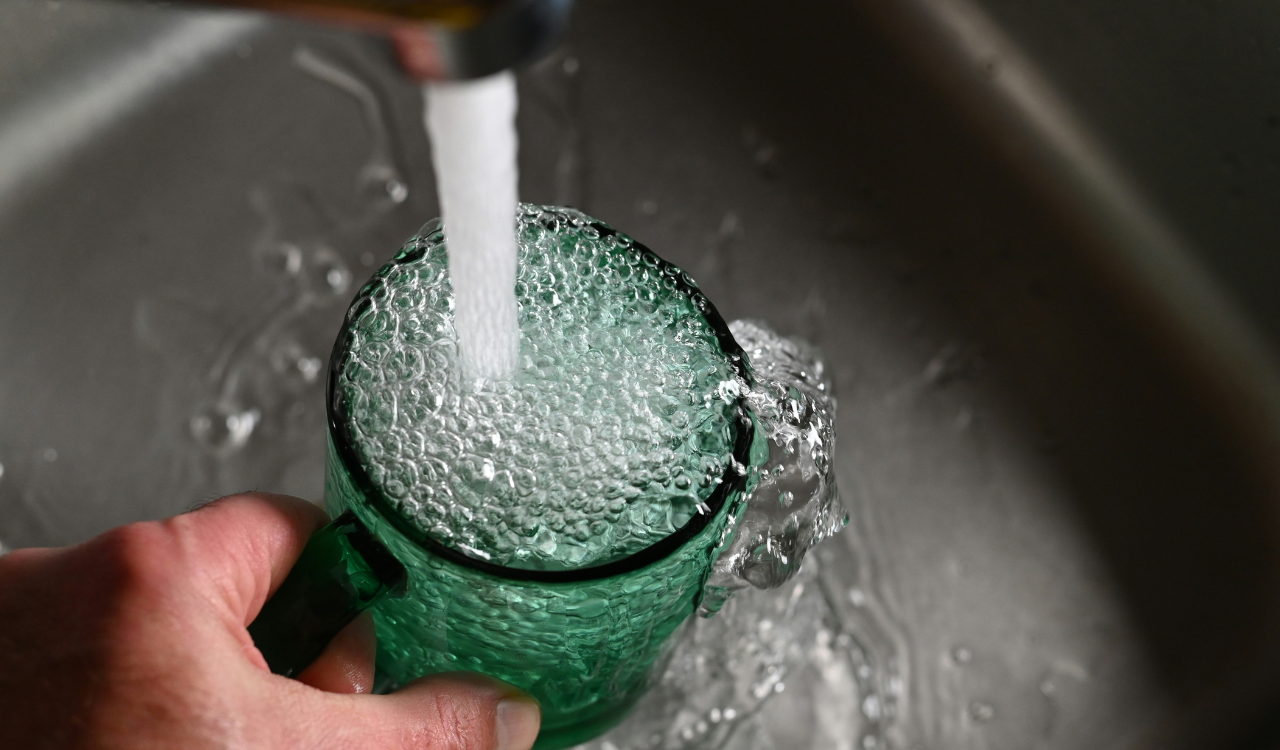
Rather than using sharp blades, simply fill your blender with warm water, add a drop of dish soap, and run it on high for 30 seconds. Rinse well and allow to air dry. This method safely and rapidly gets rid of residue that has stuck on, especially after preparing sauces or smoothies. Additionally, it prolongs the life of the blender’s blades and jar by being kinder to them. For more thorough cleaning, mix in some vinegar or baking soda to dissolve tough stains and smells.
8. Dust Baseboards with Dryer Sheets
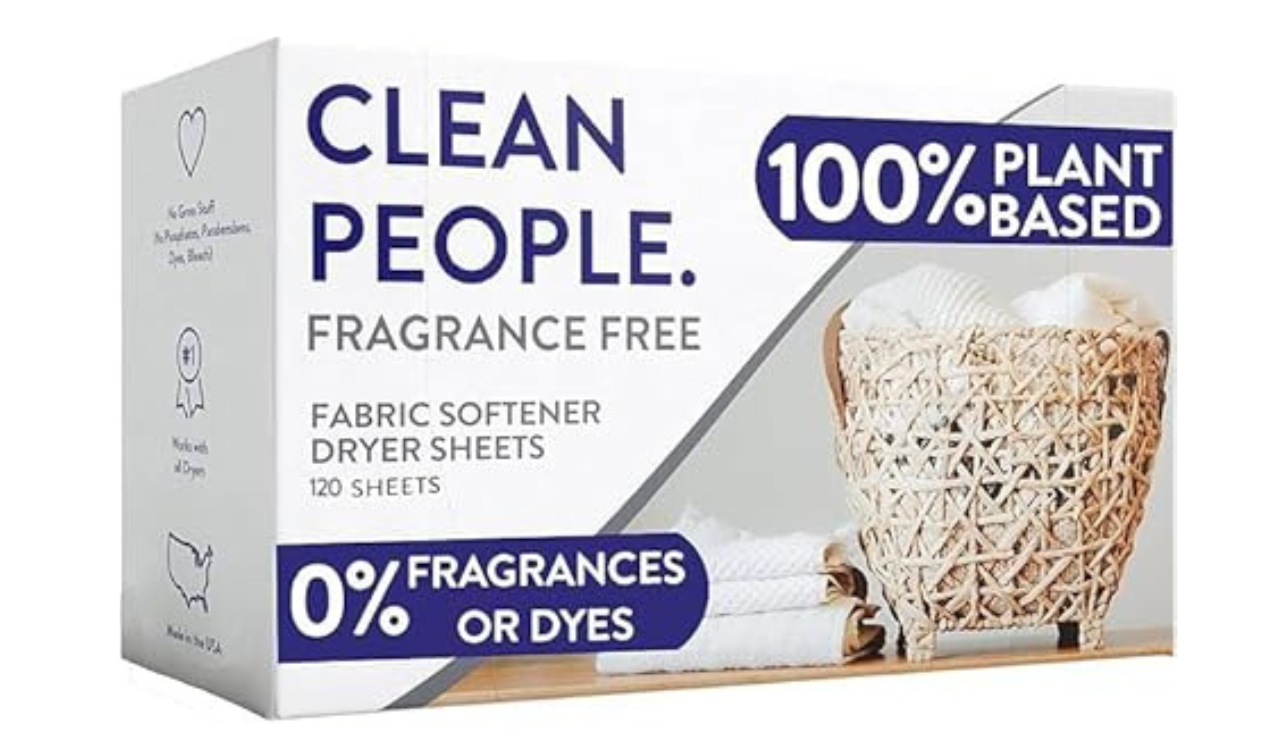
Dryer sheets are excellent for keeping dust off baseboards and shelves in addition to being used for laundry. To clean and create a dust-resistant layer, use a new dryer sheet to wipe down your baseboards. This is a clever tip for anyone trying to reduce the frequency of cleaning because the anti-static qualities help stop accumulation in the future. Additionally, it leaves a faint fragrance behind, giving your room a subtle sense of freshness without the need for air fresheners or sprays.
9. Polish Faucets with Wax Paper
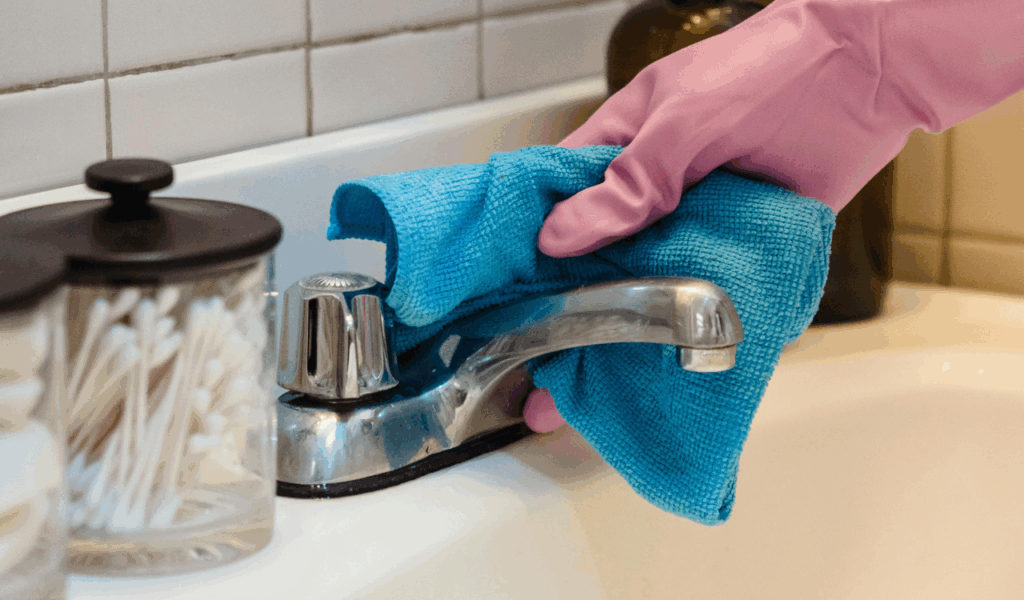
Use a tiny piece of wax paper to rub your faucet after cleaning it. For days, the wax helps keep fingerprints and water stains at bay by forming a thin protective layer. This easy tip prolongs the appearance of freshly cleaned kitchen and bathroom faucets. In places with hard water where spotting is frequent, it is extremely beneficial. Wax paper is a useful addition to your regular cleaning regimen because it is affordable and simple to use.
10. Use Rubbing Alcohol to Shine Glass
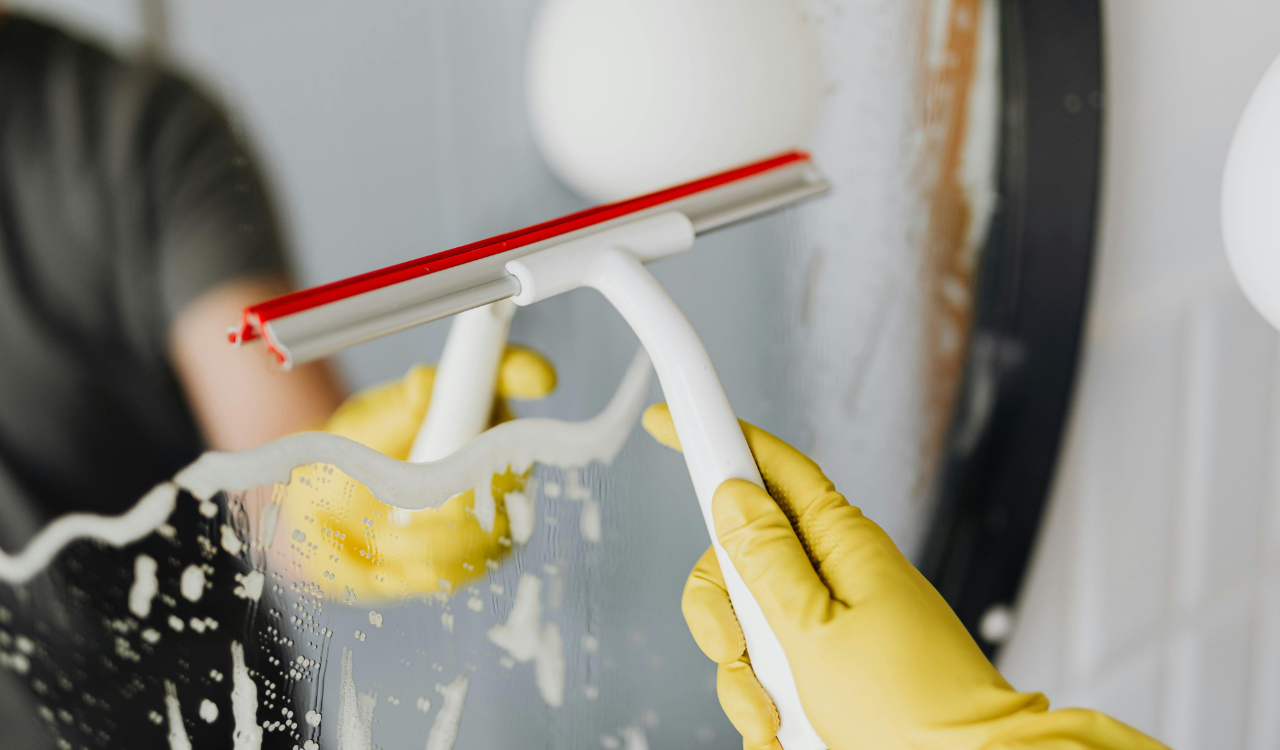
Wipe glass surfaces with a lint-free cloth after misting them with a solution of equal parts water and rubbing alcohol. Mirrors, windows, and glass doors are streak-free after using this fast-drying formula. Rubbing alcohol is perfect for touch-ups or bathroom mirrors because it evaporates more quickly than vinegar. It also works well for removing soap residue or hairspray from glass, and unlike some store-bought cleaners, it doesn’t leave any residue or unpleasant smells behind.
11. Sanitize Sponges in the Microwave
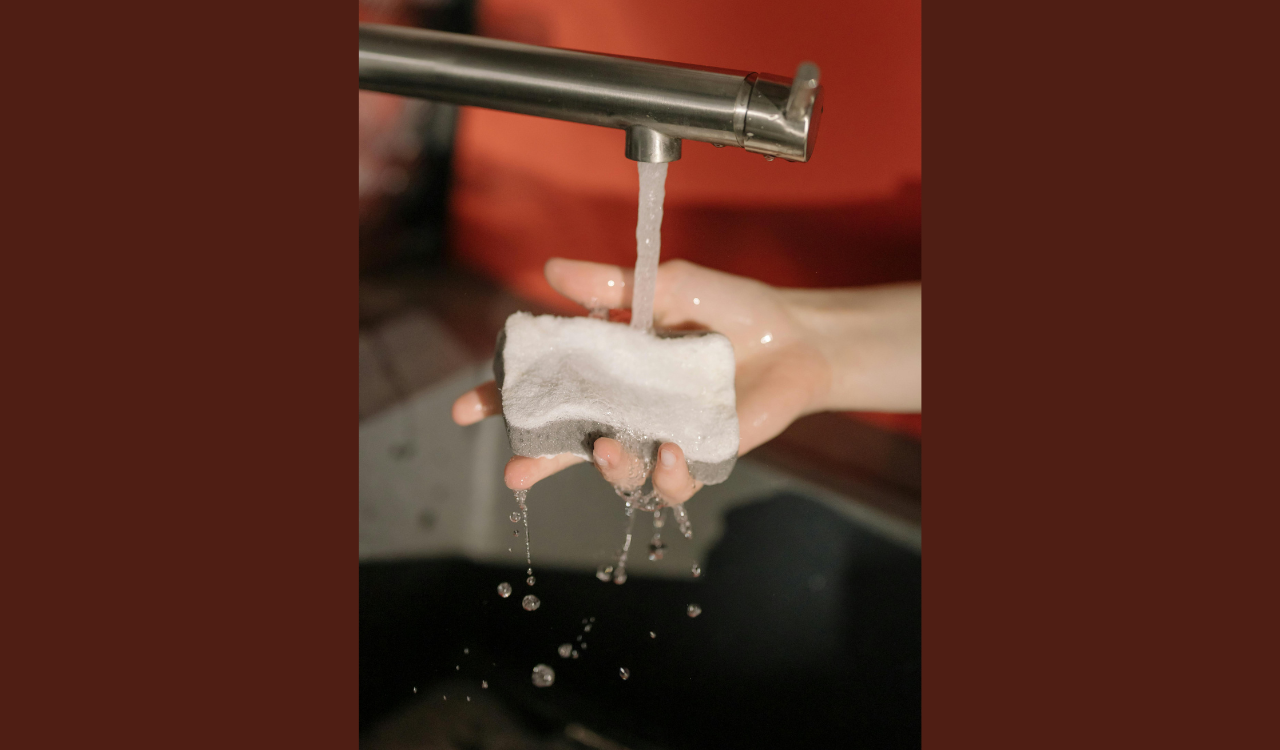
Although kitchen sponges are a haven for bacteria, you can kill them by putting a wet sponge in the microwave for one to two minutes. Most bacteria are killed by the heat, so it’s safe to use your sponge again. Never microwave sponges that contain metal, and make sure the sponge is moist before doing so to prevent a fire hazard. This is a quick and efficient method to prolong the life of your sponges and lessen the transmission of bacteria on dishes and kitchen surfaces.
